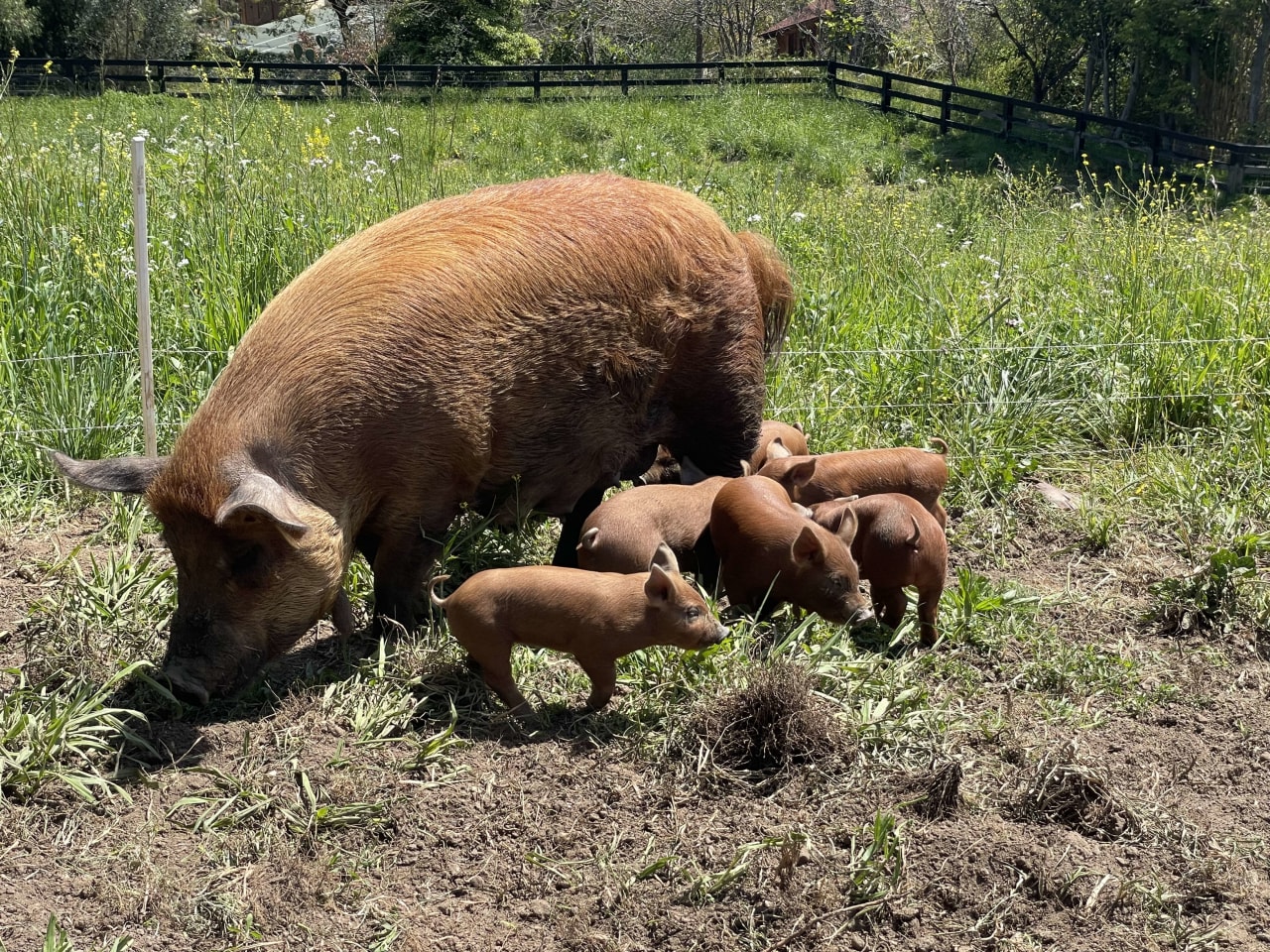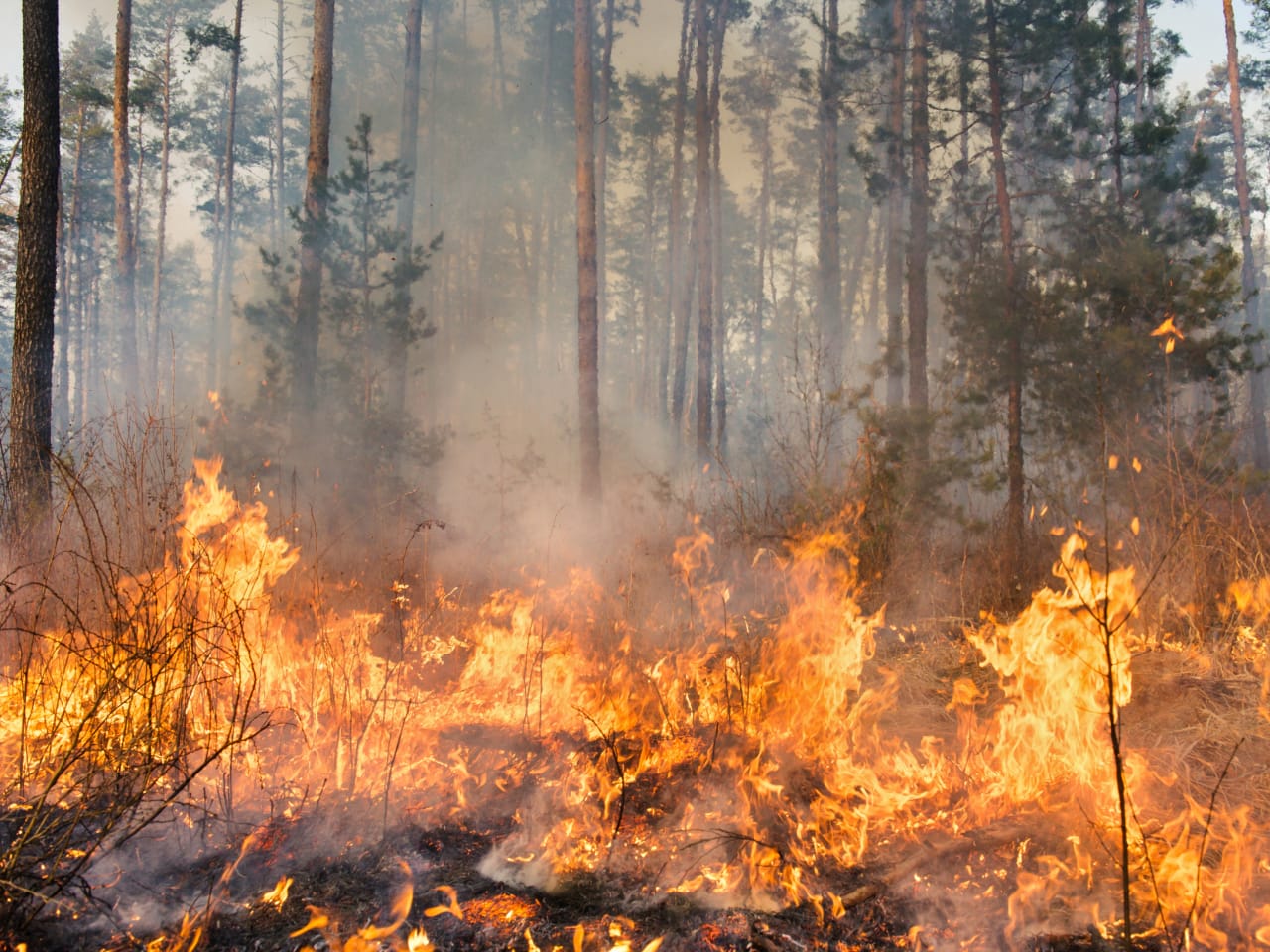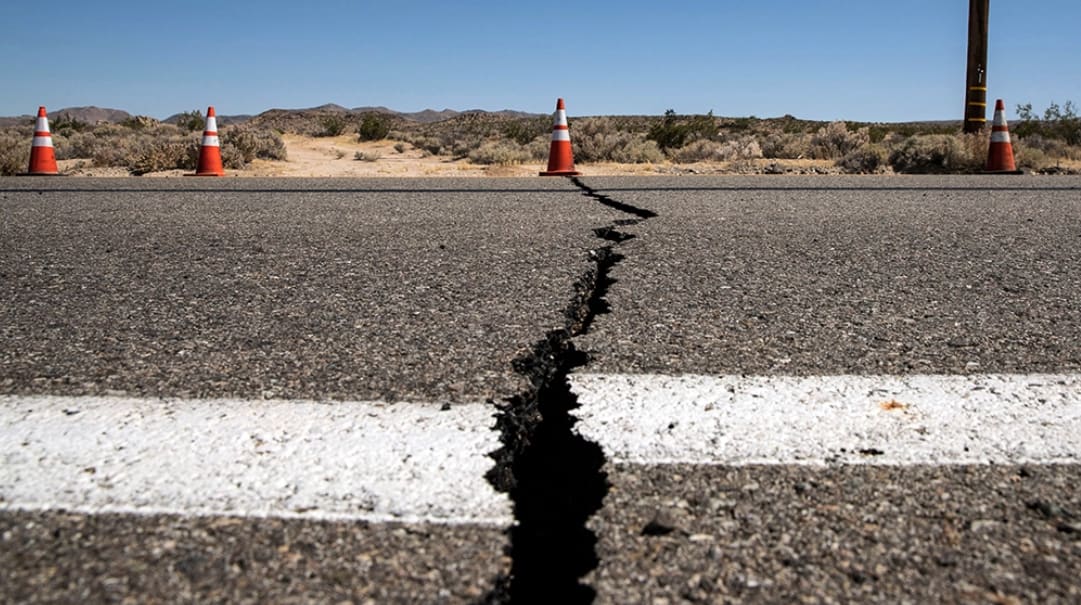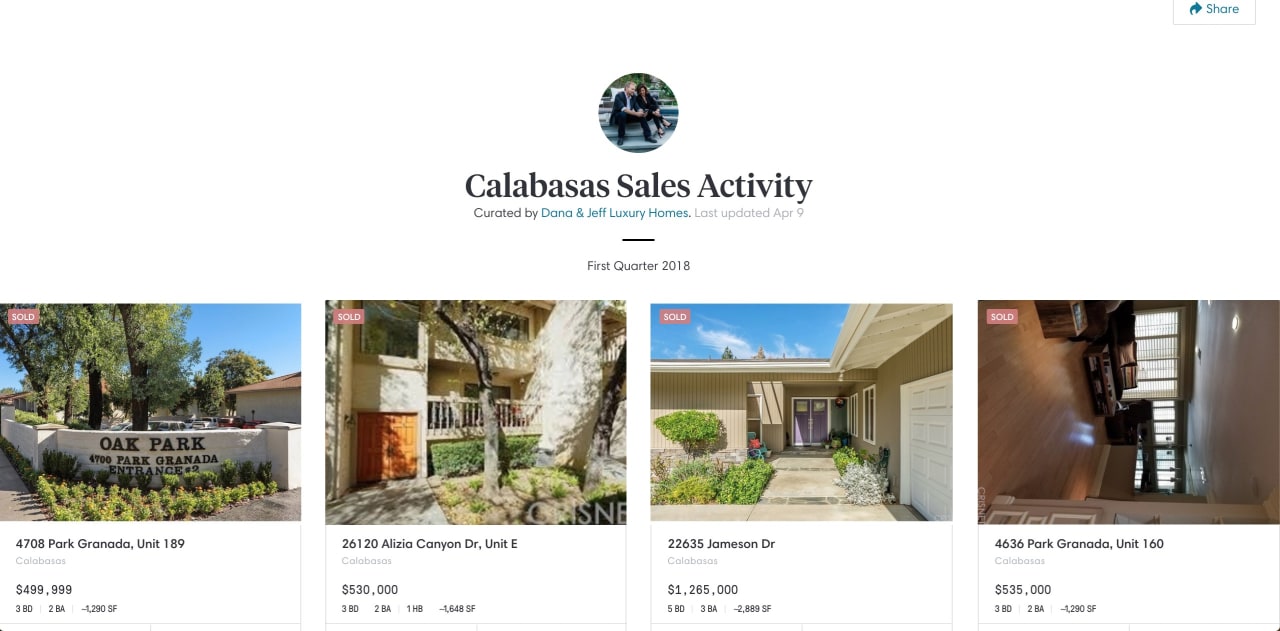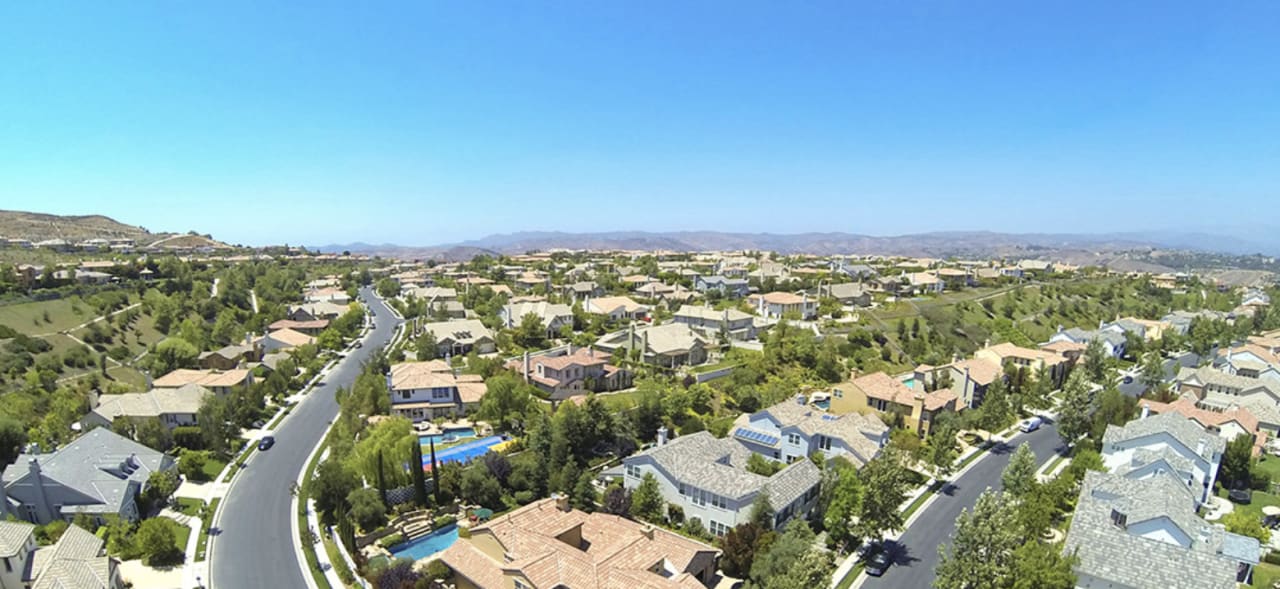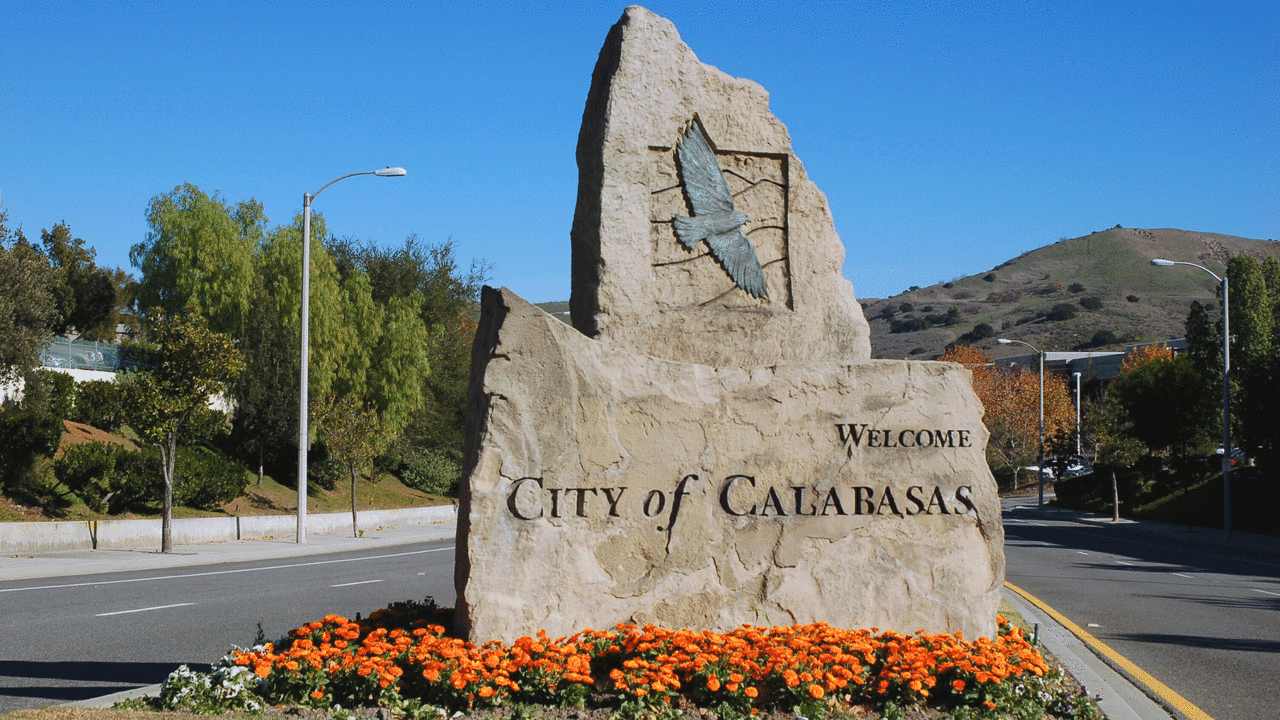Summer Predicted to be Hotter than Normal
How to prepare for the impact of El Niño
As summer arrives in California, the National Oceanic and Atmosphere Administration expect an exceptionally hot season with potentially 33-50% warmer-than-average temperatures. Here’s why:
El Niño, characterized by warmer-than-average sea surface temperatures in the equatorial Pacific Ocean, plays a significant role in global climate patterns. The presence of El Niño often leads to a southward shift in the jet stream, diverting it away from the state. As a result, cooler air masses and cooling storms from the Pacific Ocean are less likely to reach California, allowing high-pressure systems to dominate. These high-pressure systems lead to prolonged heatwaves, reduced cloud cover, and decreased chances of relief from cooling marine layers, amplifying the intensity and duration of hot spells.
While temperatures across most of the state are still in favor of cooler-than-average temperatures, this is expected to last until the end of June. Above-average heat in California and most of the country due to El Niño’s early arrival is expected to scorch July-September. This could lead to an active winter as well. Between December and February, El Niño usually reaches its peak, which can spell wetter conditions for Southern California next year.
As California prepares for a scorching summer, the early emergence of El Niño and warm ocean temperatures take center stage in influencing the region's climate. Understanding the impact of El Niño and warm ocean temperatures on weather patterns is crucial for residents to prepare their homes, prioritize heat safety measures, and adapt to the challenges posed by heat waves.
Potential Impacts of El Niño:
- Increased rainfall and flooding: Homes in low-lying areas can be vulnerable to flood damage, structural damage, and mold growth.
- Landslides and erosion: Areas with unstable soil and steep slopes can be at risk.
- Roof and gutter damage: Heavy rainfall can cause leaks and stress on roofs and gutters. Inspect and maintain your roofing systems to prevent costly repairs.
- Pests: Increased moisture may attract rodents, insects, and termites.
- Tree damage: Strong winds accompanying storms can lead to falling trees and branches. This can result in damage to homes, power lines, and other structures. Homeowners should regularly inspect their property to minimize the risk of tree-related damage.
- Fence damage: Strong winds can cause wood and vinyl to become weak. Homeowners should regularly inspect their fences for signs of wear and damage to ensure the safety and security of their property.





